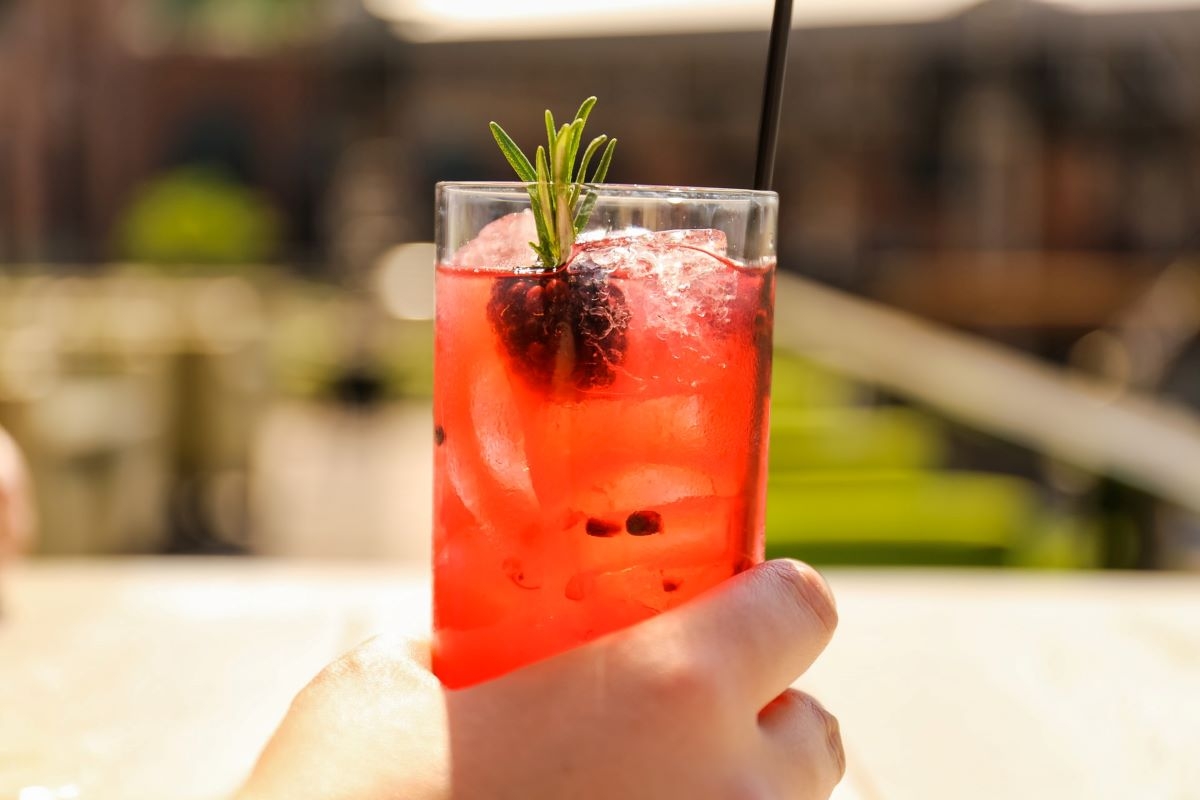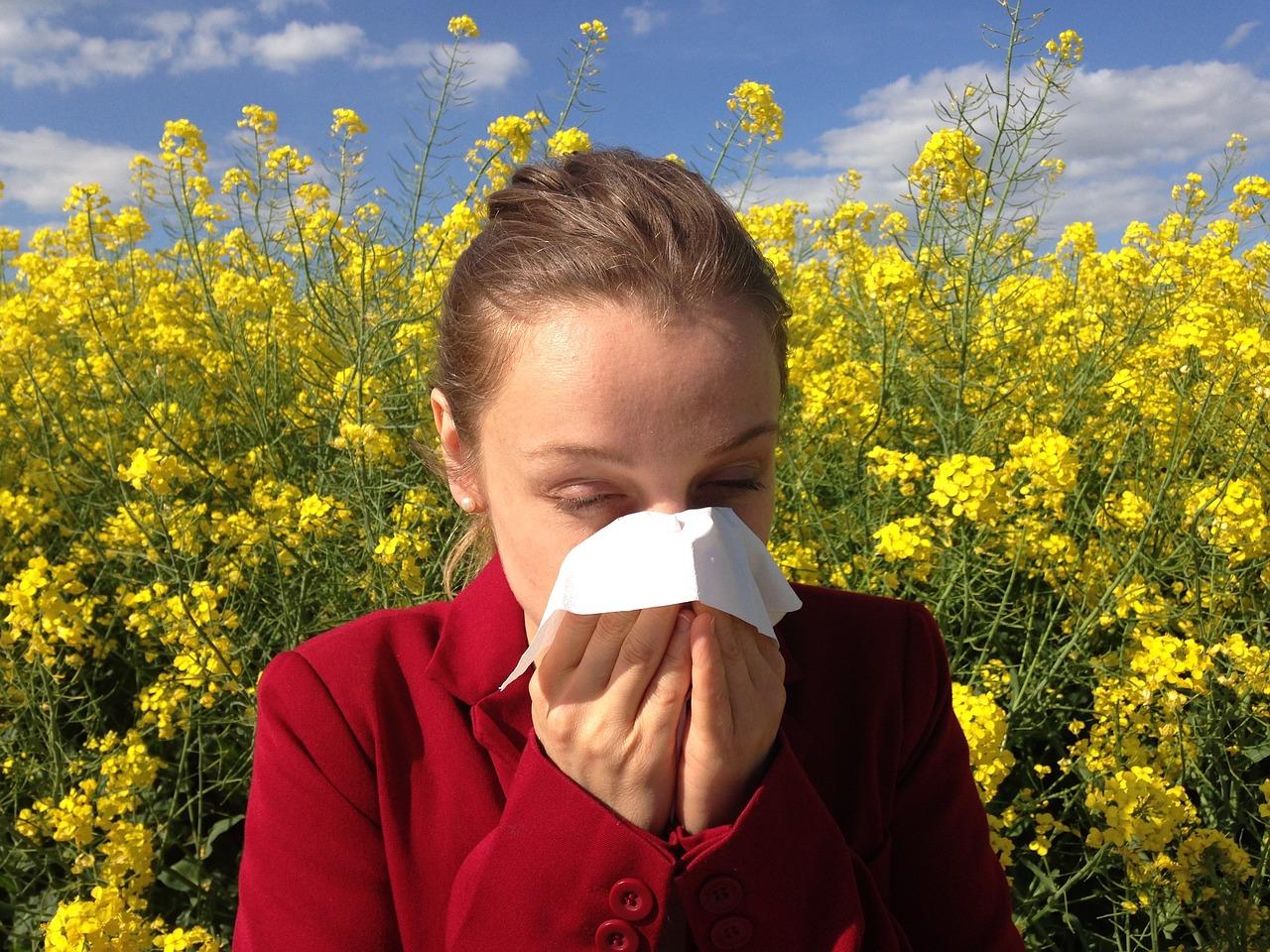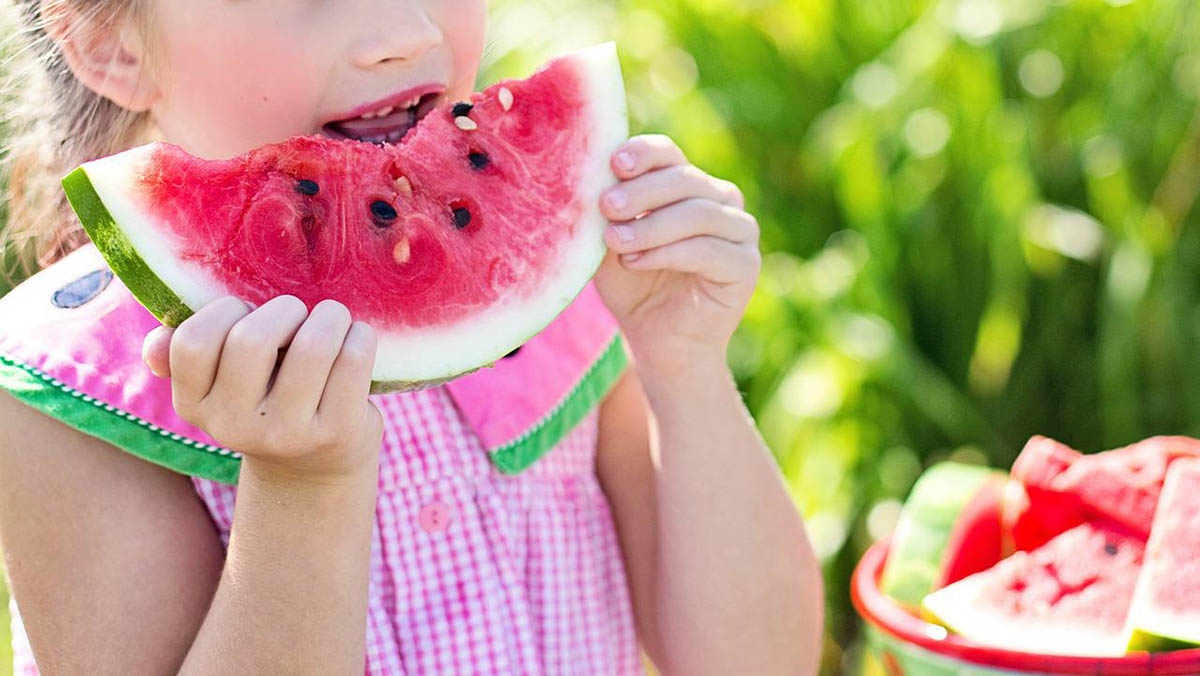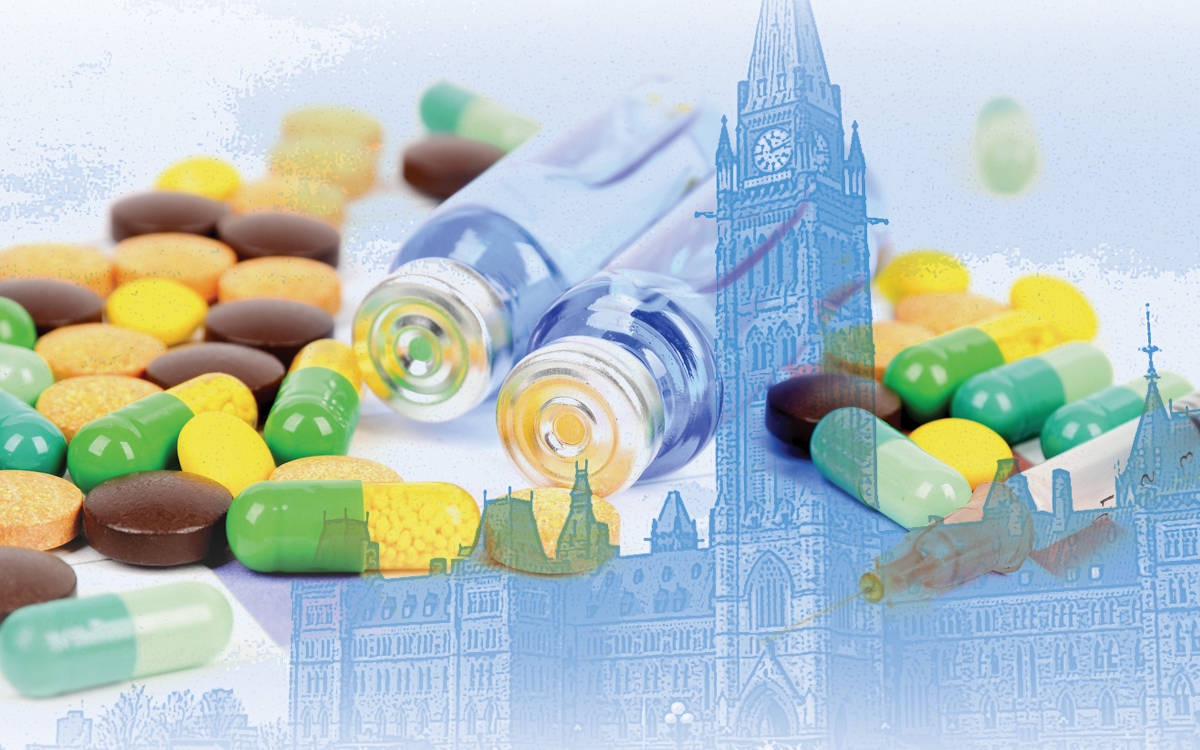
Watch out for residual sugars in your summer drinks
Lockdown has resulted in many changes to how we live, one is the blurring of our work with week with the weekend, which was previously marked on Friday evening with friends and a drink. However, these blurred boundaries have the result for some in drinking during the week as well as at the weekend.
Drinking like eating has a very social aspect to it, so this is not about demonizing alcoholic beverages but instead looking at the various ways the consumer can make informed decisions about their choice of beverage. Did you know that there are no nutritional labels on alcoholic drinks? As consumers this leaves us with very little information regarding the products that we are buying. There are consumers with health issues such as diabetes or liver problems, how can they and others make informed choices when there is no information for them to work with?
So, this week, I will be looking at residual sugars in wine, beer and RTD’s. What is residual sugar and where does it come from? How can it affect your health? Are you able to taste the sugar content of a drink or are there other factors influencing this? As a consumer what are your options?
To start with let us look at residual sugar. This is the term used when fruits or grains are fermented using yeast which eats away at the sugar in the fruit or grain with the result being the production of ethanol which we know as alcohol. The process can be halted at any time, which will mean that any sugar that has not been fermented will remain as residual sugar. This is an important factor to look at when buying any alcoholic drink. However, there are factors such as temperature, acidity and carbonation that will influence the taste of sugar within a drink and can make you think that there is less than there is.
The LCBO, when they supplied the information from the producers, have included on their labels indications as to the amount residual sugar (RS) in either g/L or g/100ml. To help put this into perspective a teaspoon of sugar is equivalent to about 5 g of sugar. A dry wine will tend to have 1-10g/L of residual sugar and a sweet wine anything from 35-120g/L. So, you can easily see how we can end up drinking quite a lot of sugar in an evening! Temperature is a factor that will influence our sensation of sugar in a drink, when white wine is chilled we do not taste the sugar in it as much as when it has had time to warm up, at which point the flavour of the wine becomes more apparent.
Acidity is another factor affecting our perception of sugar, the more acidic the wine, the more this will mask the level of sweetness, for example if you eat a teaspoon it will taste so sweet, however if you squeeze some lemon juice on the sugar our taste buds will pick up the acidity more than the sugar. So, just like with chilled white wine, you may be drinking more sugar than you realize.
Beers are like wine, however, the residual sugars in beer are generally obtained from malted barley which is why people who are gluten intolerant need to be careful with beers and look for the gluten-free options. Although there are no nutritional labels on alcoholic drinks, some may indicate if they are gluten free. Carbonation is another factor affecting our perception of sugar, with beer the fermentation process also produces carbon dioxide, which helps to carbonate the beer naturally or some may be added during manufacturing. The more it is carbonated, the less you will taste the sugar which is the same principle used with sodas.
Lastly, RTD’s like wine and beer have no nutritional labels or even ingredients listed, so as a consumer you have absolutely no way of knowing the residual sugar content of your RTD. I find this fact very frustrating as this means they can use whatever products they like to sweeten their drinks and make them more appealing to consumers. Therefore, the best option is to make your own so that you know exactly what goes into them. When we drink processed sugar the brain releases the feel-good hormone, dopamine, which gives us the reward sensation that we look for this can play a role in explaining why we consume these drinks to easily and may find it hard to say no.
Residual sugar in any drink is the same as any other processed sugar you find in baked goods or sodas and comes with the same related health issues, such as diabetes, obesity, heart health and high blood pressure. For those who are diabetic, being able to read labels regarding the nutritional content and the ingredients list is one of the best tools you can have, although, some drinks are labelled as zero sugar or sugar-free when you look at the ingredients (if they are indicated) there may be things such as corn syrup or erythritol, which although claims not to raise sugar levels, it still increase your insulin levels which for diabetes is problematic.
As a consumer you do have options, regarding wines, looking for the drier ones whether it be rose, red, or white, will lower your consumption of residual sugar. You can also ask any attendant at LCBO and they should be able to help you. Another option is cocktail mixers from Split Tree are great as they are all-natural with very low sugar content and can make a great Father’s Day gift, you can find them at ALL ECO in the Glebe and this is also a great way of supporting small local businesses.
Send your nutrition questions to susan@susanalsembach.com








